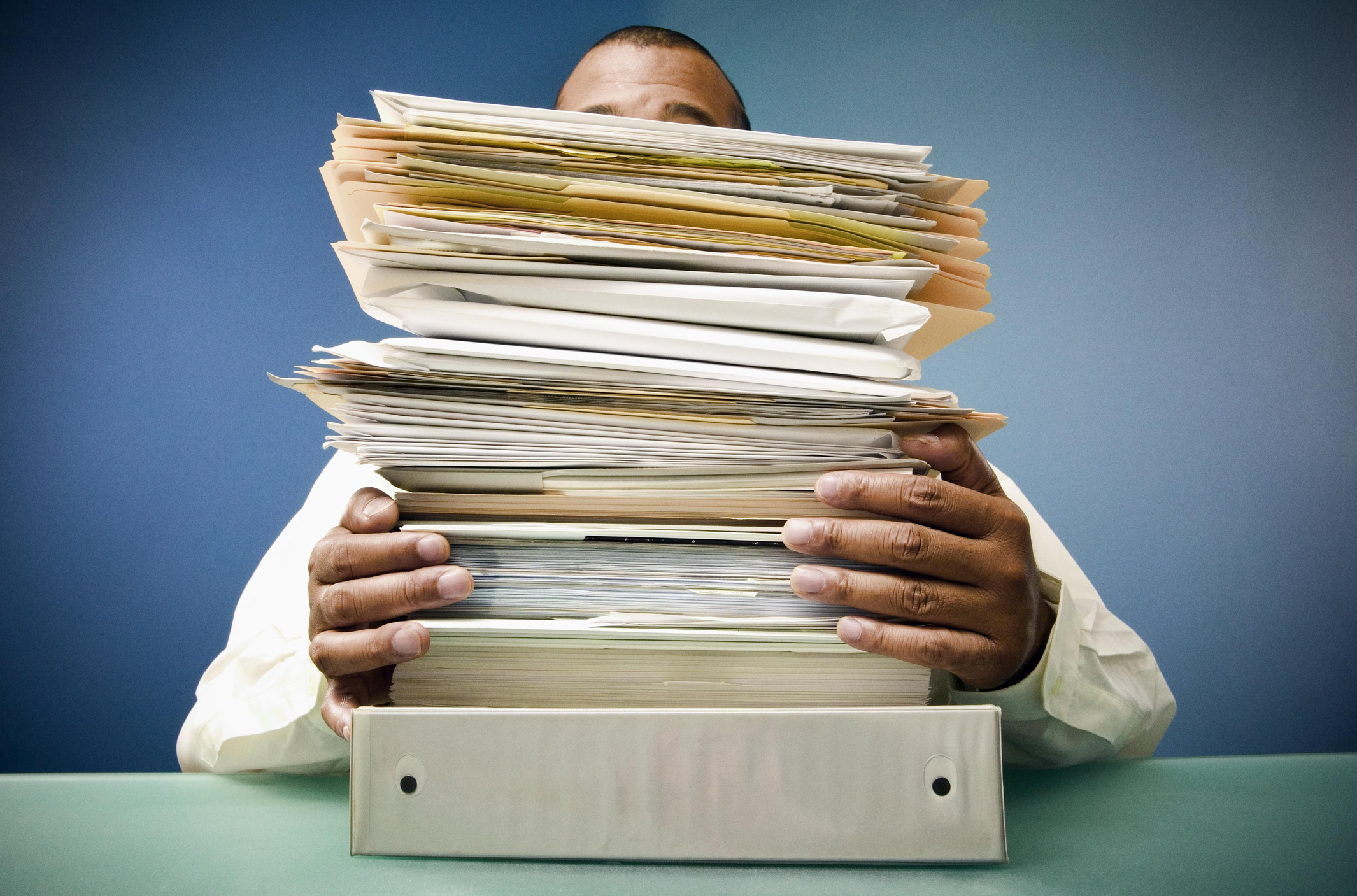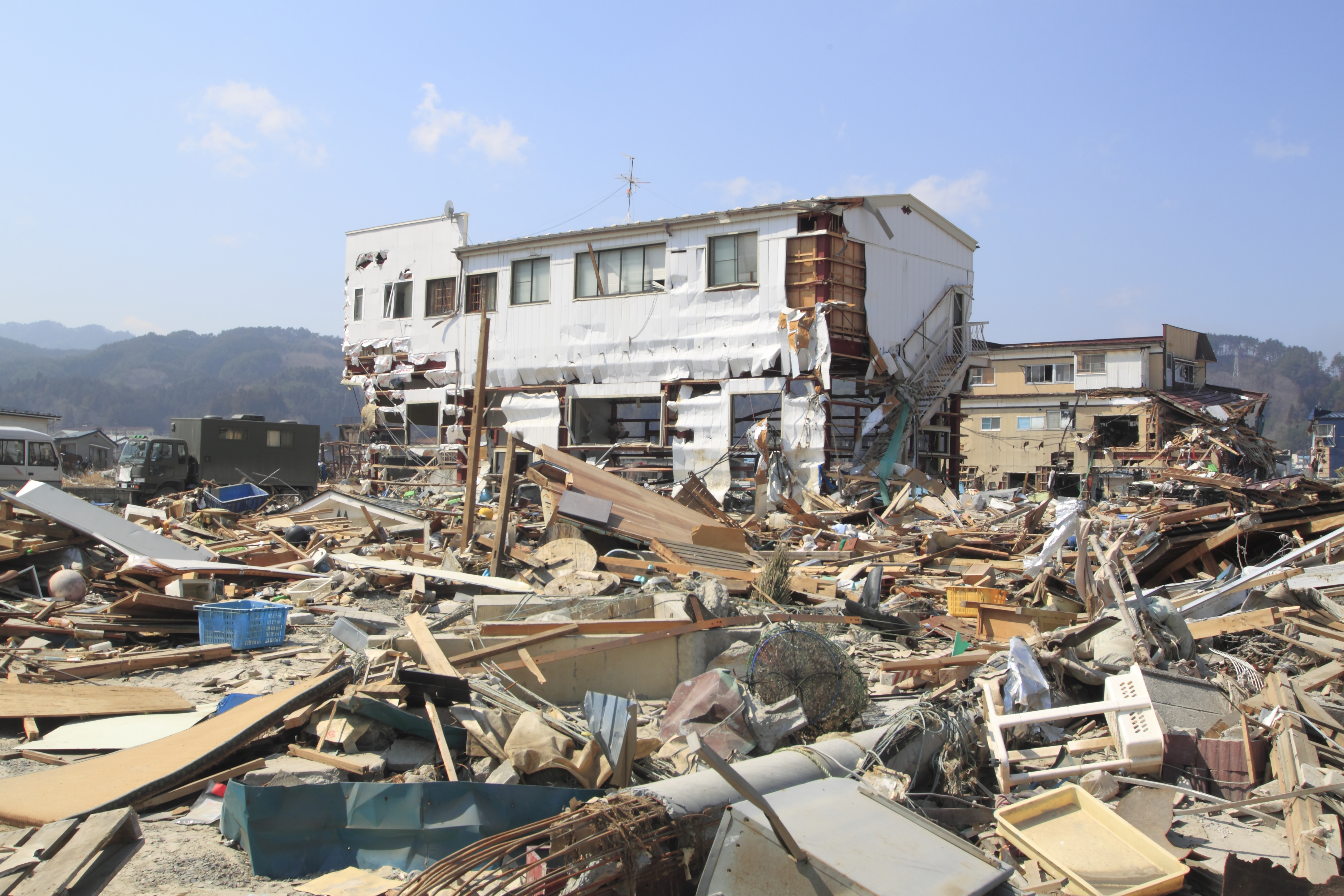Don’t Get Burned: Six Summer Disasters Your Home Insurance Might Not Cover
Think your home insurance covers everything? These common disasters may leave you paying out of pocket unless you take extra steps.

Home insurance is complicated and notoriously difficult to navigate, which is why many homeowners assume they’re covered for every possible disaster.
But that’s far from the case. Some scenarios require additional coverage beyond a standard homeowners policy, while others aren’t covered at all, no matter what.
Natural disasters not covered by home insurance
Flooding is one of the most common disasters homeowners face — and it’s not covered by standard home insurance. Whether caused by heavy rain, melting snow, overflowing rivers, hurricanes or tornadoes, flood damage requires separate coverage through the National Flood Insurance Program (NFIP), administered by FEMA. You can purchase this coverage through your insurance provider.

Sign up for Kiplinger’s Free E-Newsletters
Profit and prosper with the best of expert advice on investing, taxes, retirement, personal finance and more - straight to your e-mail.
Profit and prosper with the best of expert advice - straight to your e-mail.
If you're questioning whether flood insurance is worth it, consider this: just one inch of water in your home can cause up to $25,000 in damage, according to FEMA. Keep in mind that there’s also a 30-day waiting period before flood insurance takes effect.
Earthquakes aren’t covered by standard policies either. If you live in a region prone to seismic activity, you’ll need a separate earthquake policy. Other natural disasters often excluded from homeowners insurance include landslides, sinkholes, and in some cases, wildfires.
Review your policy carefully — especially if you live in a high-risk area — to make sure you have the protection you need.
Sewer or sump pump backup
Flood damage caused by sewer or sump pump backups isn’t covered by standard home insurance — or by flood insurance. While many homeowners understand they’re responsible for their sump pump systems, fewer realize they’re also on the hook for the sewer lines that run from their home to the city’s main system.
According to the Insurance Information Institute, sewer backups can cause thousands of dollars in damage — not just to flooring and personal belongings but also to electrical systems, which can be costly to repair.
To protect against this type of damage, you’ll need to purchase sewer or sump pump backup coverage, either as a policy add-on (endorsement) or a separate policy altogether. Costs typically range from $50 to $350 per year, depending on your chosen coverage limits.
Explore your options with the tool below, in partnership with Bankrate:
Damage caused by lack of maintenance isn’t covered
Homeowners insurance is designed to protect against sudden and unexpected events — not gradual wear and tear. If damage to your home is determined to be the result of neglect or lack of maintenance, your insurer won’t cover the cost of repairs.
That means problems like mold, termite damage or infestations from rodents or insects typically aren’t covered. The same goes for issues caused by delayed upkeep, such as leaky roofs, rotting wood or plumbing problems that could have been prevented with routine inspections and maintenance.
In the eyes of insurers, these types of issues are preventable and the homeowner’s responsibility. To avoid costly repairs — and denied claims — stay on top of regular maintenance and address small problems before they escalate.
Injuries on your property might not be fully covered
While most homeowners insurance policies include liability coverage for injuries, there are exceptions — especially when the injury is linked to poor maintenance or higher-risk features on your property.
For example, if someone is hurt due to a broken step or loose handrail, your claim could be denied if the damage was deemed preventable. Similarly, trampolines, swimming pools, and even treehouses are often considered attractive nuisances — features that carry added risk and may be excluded unless you’ve added specific liability coverage.
If you have any of these extras, it’s a good idea to review your policy and talk to your insurer about umbrella insurance or personal liability endorsements to make sure you're fully protected. The cost for additional coverage can vary significantly based on your risk level and the features involved.
Valuables like jewelry or collectibles may be underinsured
Your homeowners insurance policy likely includes personal property coverage, but it may not be enough to fully protect high-value items such as jewelry, fine art, antiques or collectible items if they’re lost, stolen or damaged in a covered event.
Standard policies often impose limits on payouts for certain categories — for example, you might only be covered for up to $1,500 for stolen jewelry, regardless of its actual value.
To ensure full protection, you’ll need to schedule these items through a rider or endorsement, which provides coverage based on appraised value.
The cost will depend on the items you’re insuring and their total worth, but it can be a small price to pay for peace of mind.
Additional deductibles for named storms
If you live in — or are planning to move to — a coastal state, it’s important to know that damage from named storms like hurricanes and tropical storms often comes with a separate deductible.
According to the National Association of Insurance Commissioners, these deductibles typically range from 1% to 10% of your home’s insured value, though some may be a fixed dollar amount. This added cost applies in 19 states and the District of Columbia, where insurers either require a specific endorsement or a separate policy to cover named storm damage.
Here are the states where this applies:
- Florida
- North Carolina
- South Carolina
- Georgia
- Virginia
- Texas
- Mississippi
- Alabama
- Louisiana
- Hawaii
- New York
- New Jersey
- Pennsylvania
- Massachusetts
- Maryland
- Rhode Island
- Delaware
- Connecticut
- Maine
You’ll notice that most of these states are prone to hurricanes, so insurers may not allow homeowners to buy this coverage within one to two days of a hurricane or other major severe-weather event.
The reason for the separate deductible stems from Hurricane Andrew in 1992, although they became more common after Hurricane Katrina, which caused more than $64 billion in insured losses.

Review Your Coverage Regularly
In general, any damage that exceeds your policy limits won’t be covered, which is why it’s important to review your homeowners insurance annually. Make sure your coverage is sufficient to fully replace your home and belongings in the event of a disaster.
Even if nothing has changed in your situation, it’s still a good idea to check your coverage levels. Inflation and rising construction costs have significantly increased the price of materials and labor in recent years, which means you could be underinsured without realizing it.
Related content
Get Kiplinger Today newsletter — free
Profit and prosper with the best of Kiplinger's advice on investing, taxes, retirement, personal finance and much more. Delivered daily. Enter your email in the box and click Sign Me Up.
Jacob is the founder and CEO of ValueWalk. What started as a hobby 10 years ago turned into a well-known financial media empire focusing in particular on simplifying the opaque world of the hedge fund world. Before doing ValueWalk full time, Jacob worked as an equity analyst specializing in mid and small-cap stocks. Jacob also worked in business development for hedge funds. He lives with his wife and five children in New Jersey. Full Disclosure: Jacob only invests in broad-based ETFs and mutual funds to avoid any conflict of interest.
-
 Learn how to securely store your financial information. Discover what documents you need to keep, how long you need to keep them, and best practices for physical and digital storage.
Learn how to securely store your financial information. Discover what documents you need to keep, how long you need to keep them, and best practices for physical and digital storage.Having mountains of financial paperwork take over your home can be frustrating. Here's how to get the mess under control while still having your essential information at your fingertips.
By Laura Gariepy
-
 Explore essential habits of the ultra-rich — frugality, multiple income sources and smart investing — and how to apply them on your own wealth-building journey.
Explore essential habits of the ultra-rich — frugality, multiple income sources and smart investing — and how to apply them on your own wealth-building journey.Millionaires may seem extraordinary, but their success often comes down to three simple financial habits anyone can adopt.
By Jacob Wolinsky
-
 How to Store Your Financial Documents the Right Way
How to Store Your Financial Documents the Right WayHaving mountains of financial paperwork take over your home can be frustrating. Here's how to get the mess under control while still having your essential information at your fingertips.
By Laura Gariepy
-
 First 100 Days: Trump's Impact on Your Finances
First 100 Days: Trump's Impact on Your FinancesHere are some opportunities to consider regarding investing, interest rates and tax cuts as the financial landscape shifts under the new administration.
By Daniel Razvi, Esquire
-
 Children Can't Afford to Fly the Nest? Here's How to Help
Children Can't Afford to Fly the Nest? Here's How to HelpThe high cost of living means more adult children are staying at home. Here are four ways to help financially so they can eventually spread their wings.
By Kelli Kiemle, AIF®
-
 How Much Will Car Prices Go Up With Tariffs?
How Much Will Car Prices Go Up With Tariffs?Tariffs could drive car prices up even higher, for new and used cars, as well as for American brands.
By Jim Patterson
-
 Should You Get Earthquake Insurance?
Should You Get Earthquake Insurance?Standard home insurance doesn’t cover earthquakes, but paying extra for earthquake insurance isn’t just for Californians.
By Rachael Green
-
 How to Protect Your Privacy While Using AI
How to Protect Your Privacy While Using AIHow to keep your information and finances safe while using AI, including ChatGPT and Perplexity.
By Bob Haegele
-
 Starbucks 2025 Dress Code Changes: See the New Look
Starbucks 2025 Dress Code Changes: See the New LookThe 2025 Starbucks dress code change features a uniformed look as part of creating a more familiar and friendly cafe experience.
By Sean Jackson
-
 Should You Hire a Public Adjuster for Your Insurance Claim?
Should You Hire a Public Adjuster for Your Insurance Claim?As natural disasters strike more often, insurance clients are asking, 'What should I do, or who should I hire, if my insurance company is jerking me around?'
By H. Dennis Beaver, Esq.